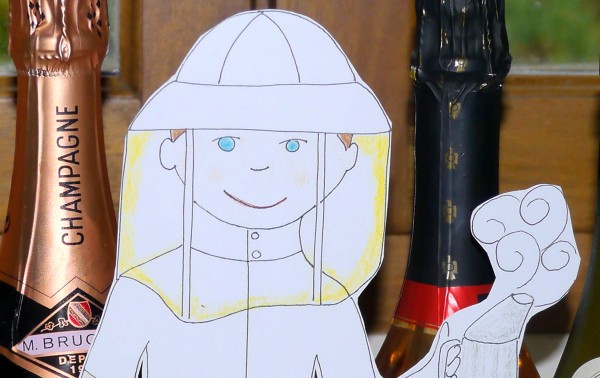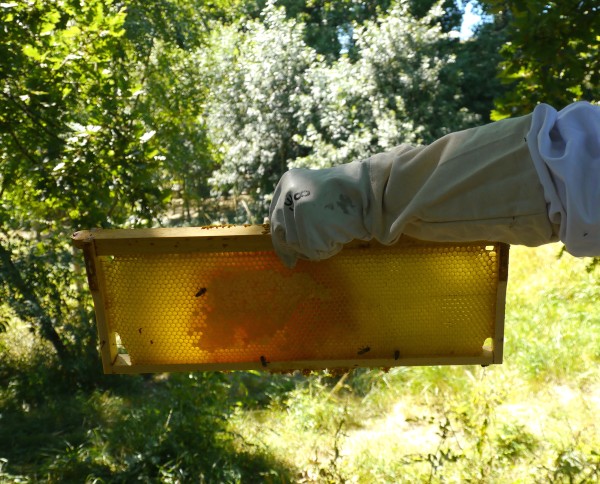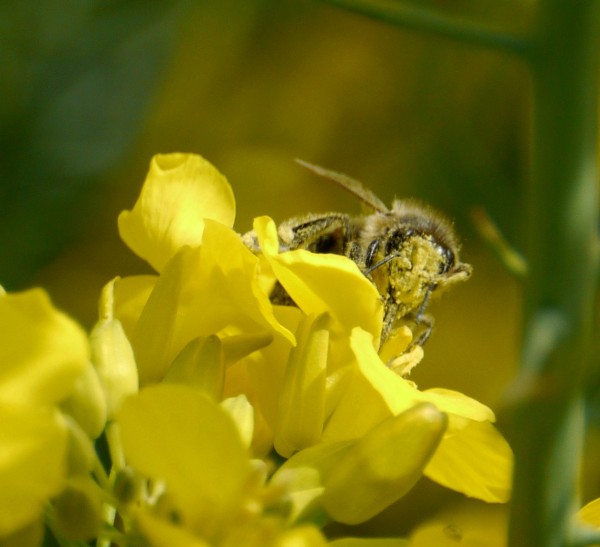Having happened upon a small alfalfa field, just 2 kilometres from the house, I made a couple of return visits, to have a better look at the bee activity and see if I could find my inner lepidopterist.
On both occasions, there was plenty going on, but it was breezy, making photography tricky.
I thought about estimating the relative presence of various creatures – without recoursing to a butterfly net, walking of transects, traps or even a clip board. Let’s call it semi-empirical, quasi-quantitative Observation.
Here are the results of my in-depth study :
|
Creature |
Quantity |
| Honey Bee | Countless |
| Bumble Bee | One |
| Ladybird | One |
| Cricket | Many, at the edges of the field |
| Cabbage White Butterfly | Plentiful |
| Clouded Yellow Butterfly | A handful |
| Peacock Butterfly | One |
| Common Blue Butterfly | Quite alot |
| Queen of Spain Fritillary | One |
| Heath (?) Fritillary | Two – with more on their way |
and some pictorial proof…
I have invested in a reference book – Papillons (Larousse), as it has become apparent that my little guide is inadequate and too UK focussed. The new book is by no means exhaustive, but it is certainly handy to have something more oriented towards the butterflies of France.
It has only recently dawned on me how different the butterfly populations can be from one region to another.
I agree, she isn’t particularly blue – but the male below does have a violet nuance.
Another lesson learned is that it really helps to have a view of both the upper and the underside of these butterflies.
And that even with a book, and the internet, identification is something of a challenge. Its not all black and white.

















































